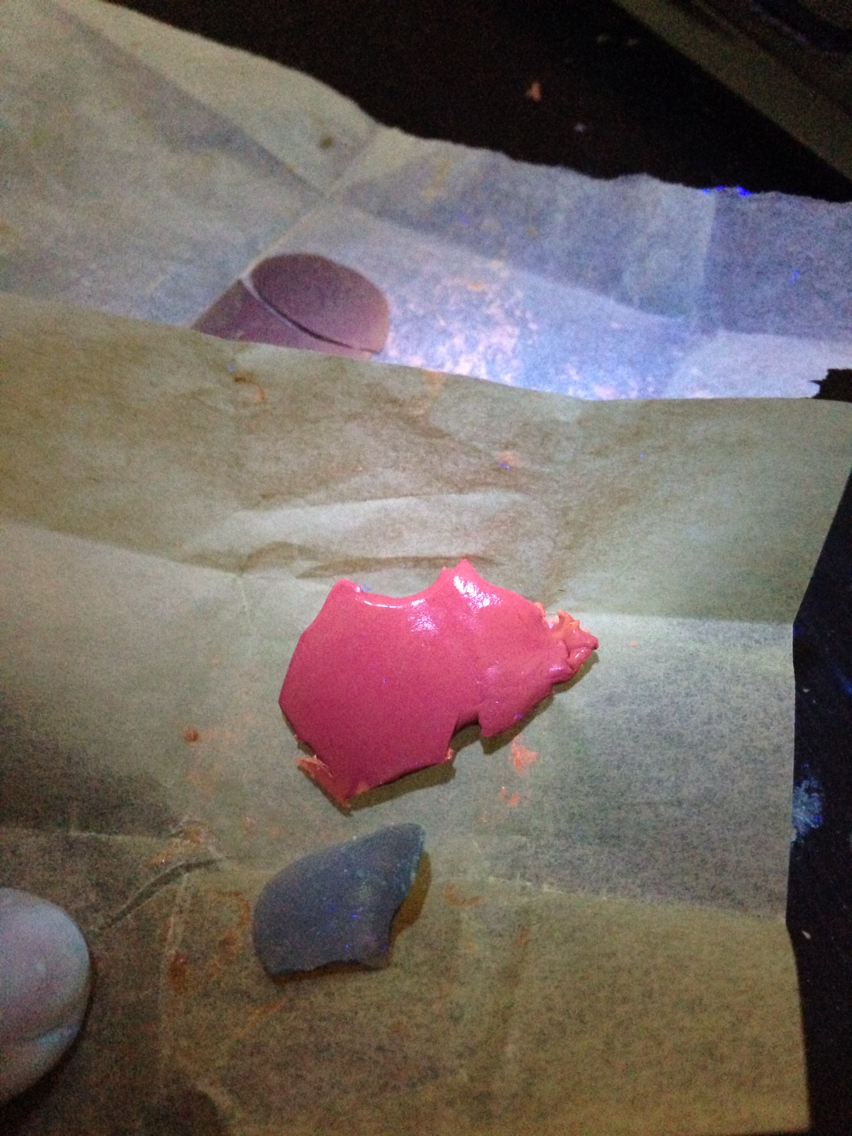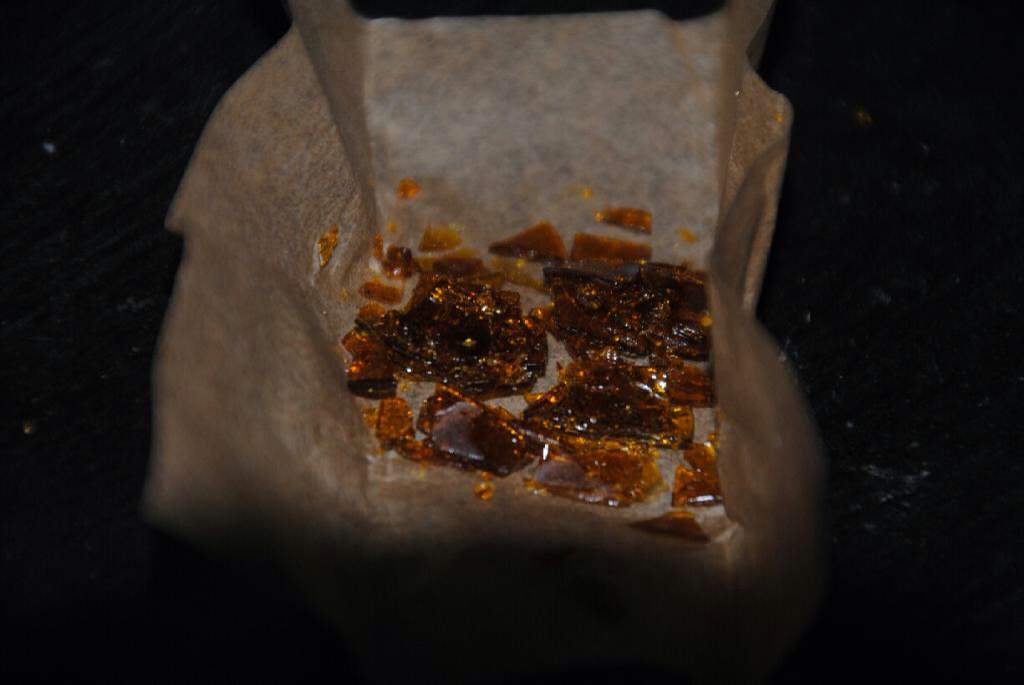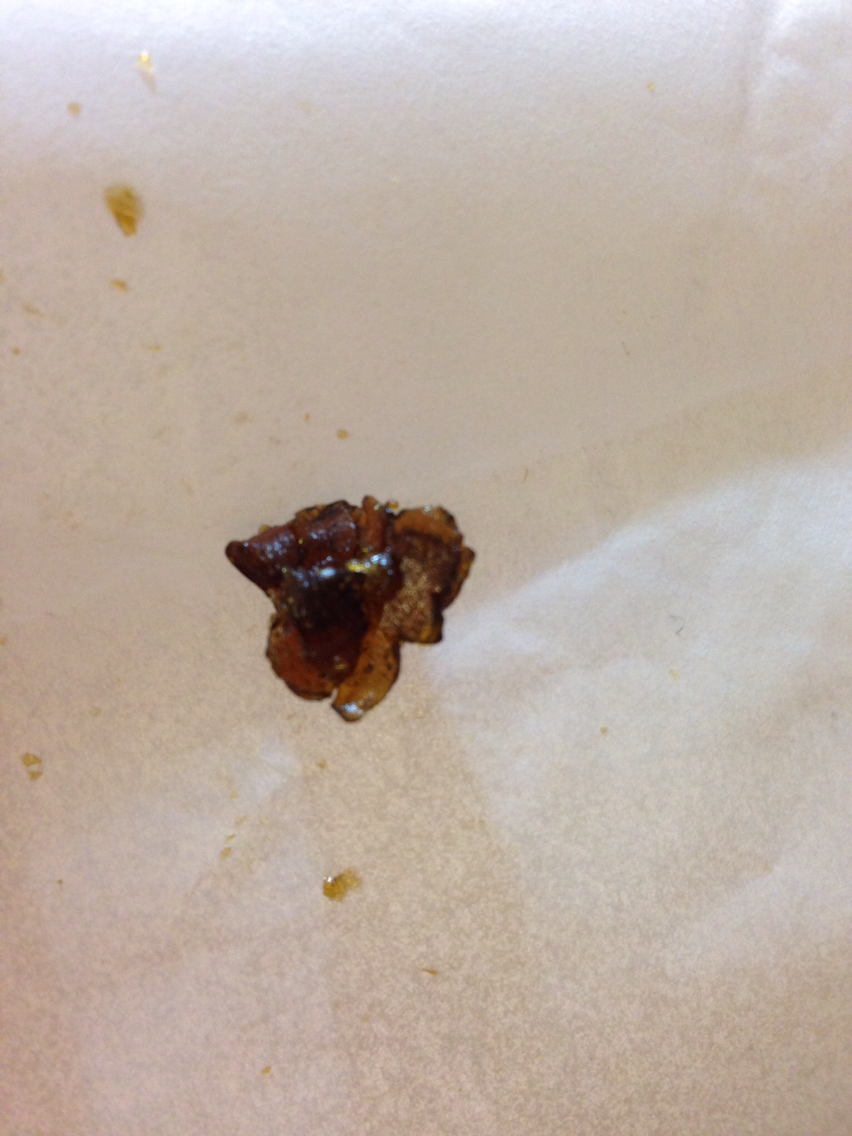Bouldorado
Well-Known Member
I was over at a friends place and he had recently purchased a flashlight w/ a UV mode. Inevitably we shined the UV light on our oils and discovered a surprising difference between ours.

His is the top, pinkish one and was purchased from a local dispensary. It's mid-shelf price wise and says it was extracted with n-butane. Mine is the bottom, blueish one and was extracted yesterday with a QWET method. Considering taste, there's not a major difference between the two, though I'd say the blue one is slightly smoother.
I think the red color is from chlorophyll: http://antoine.frostburg.edu/chem/senese/101/consumer/faq/what-are-fluorescent-compounds.shtml
The blue is, I believe, associated with chlorophyll breakdown: http://www.sciencedaily.com/releases/2008/10/081020093454.htm
The oil I made was dewaxed in the freezer for 24 hrs so this might be proof of that working. However this is just speculation so I'd love to hear some input from some more chemistry minded members.

His is the top, pinkish one and was purchased from a local dispensary. It's mid-shelf price wise and says it was extracted with n-butane. Mine is the bottom, blueish one and was extracted yesterday with a QWET method. Considering taste, there's not a major difference between the two, though I'd say the blue one is slightly smoother.
I think the red color is from chlorophyll: http://antoine.frostburg.edu/chem/senese/101/consumer/faq/what-are-fluorescent-compounds.shtml
The blue is, I believe, associated with chlorophyll breakdown: http://www.sciencedaily.com/releases/2008/10/081020093454.htm
The oil I made was dewaxed in the freezer for 24 hrs so this might be proof of that working. However this is just speculation so I'd love to hear some input from some more chemistry minded members.






 !
! 